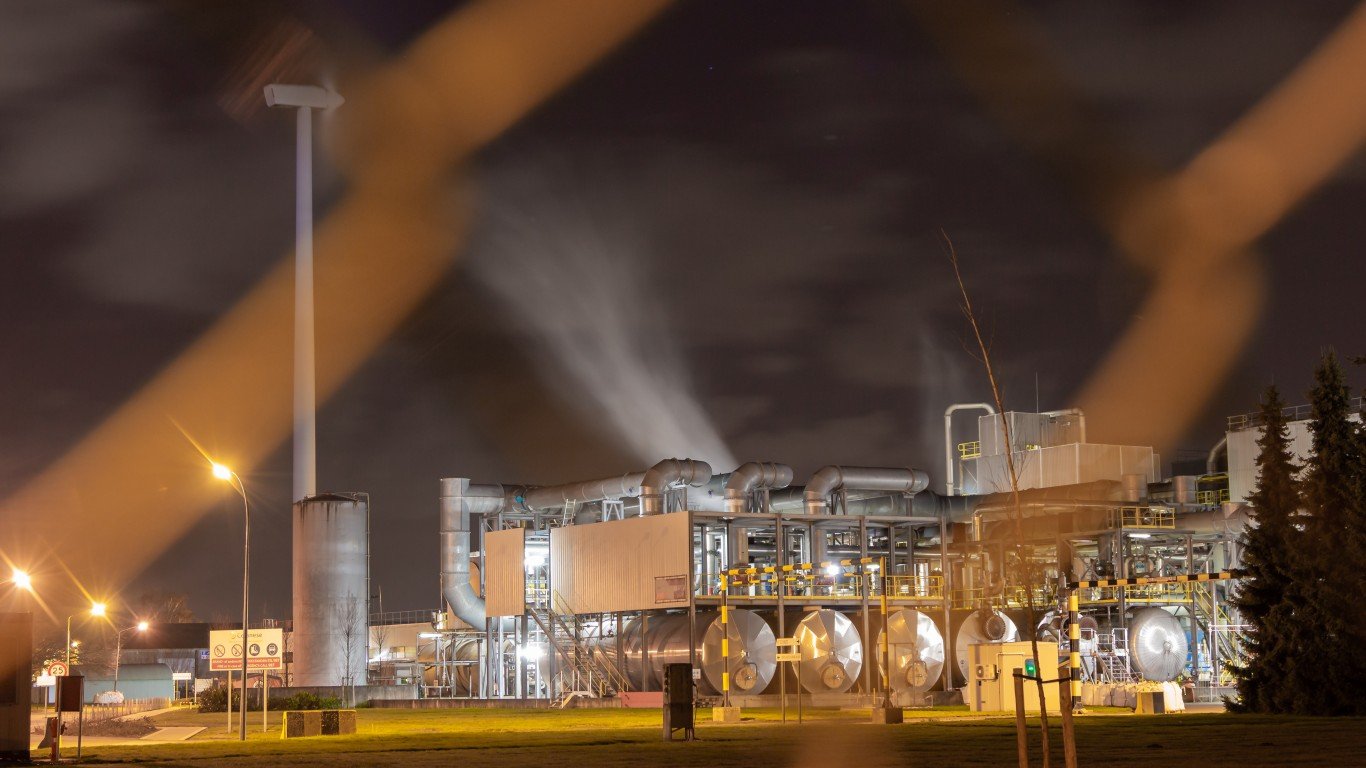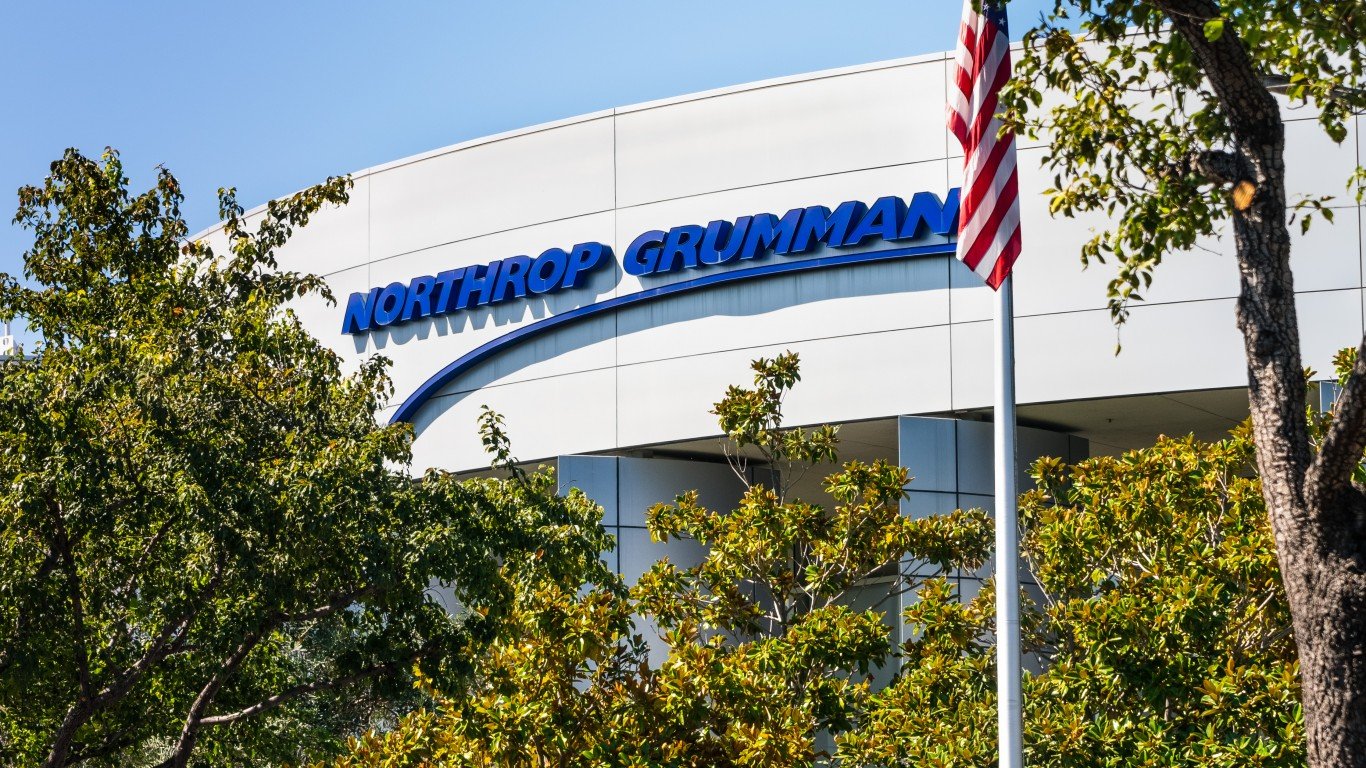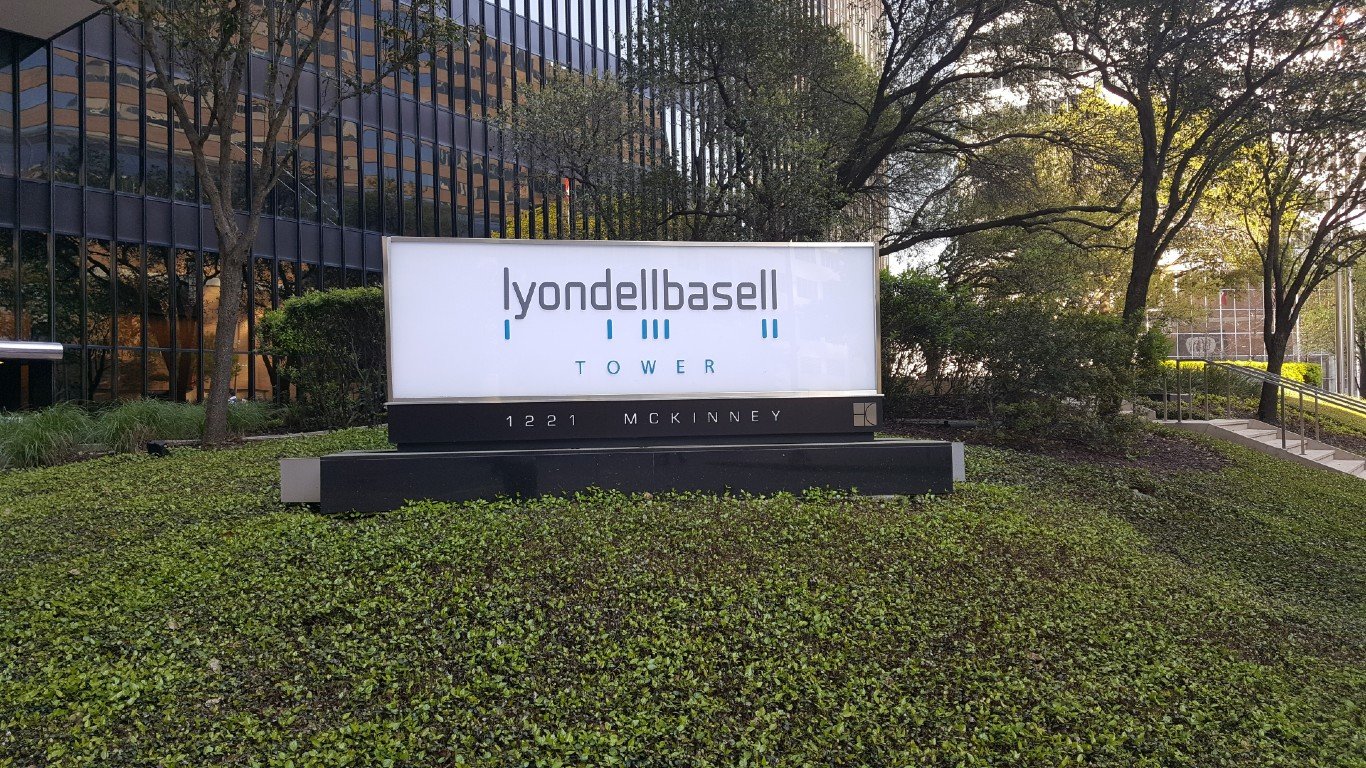
5. Canopus International
> Toxic hazard (pounds released x toxicity): 12,380,029,294
> Environmental justice, poor population share 45% – #7 highest out of 100 corporations
> Environmental justice, minority population share 35% – #38 highest
> Pct. of toxic hazard from a single facility: 64% – #73 highest
Canopus, a manufacturer of PET products, is a global corporation with subsidiaries known by the names StarPet, Indorama, and others in the U.S. The company’s StarPet plants’ discharges, which flow into waters in low-income areas, are reliably in regular compliance with the terms of its permit to discharge. This means that regulators have calculated that the relative amount of toxics in receiving waters is not a health threat.

4. Celanese
> Toxic hazard (pounds released x toxicity): 28,892,205,441
> Environmental justice, poor population share 16% – #91 highest out of 100 corporations
> Environmental justice, minority population share 30% – #46 highest
> Pct. of toxic hazard from a single facility: 100% – #1 highest
The Celanese petrochemical facility in Pasadena, Texas, known as the Clear Lake Plant, discharges waste from the manufacture of acetic acid, vinyl acetate, and methanol. Following a recent expansion, Celanese began using captured carbon to make methanol, and the company expects to displace 180,000 metric tons of CO2 as part of its climate change strategy.
3. LyondellBasell
> Toxic hazard (pounds released x toxicity): 39,260,468,246
> Environmental justice, poor population share 16% – #91 highest out of 100 corporations
> Environmental justice, minority population share 31% – #44 highest
> Pct. of toxic hazard from a single facility: 95% – #41 highest
The Pasadena, Texas, facility of the multinational petrochemical giant LyondellBasell, manufactures chemicals, resins, and materials used in a range of consumer products, notably, polypropylene. It also produces nearly 1,800,000 lbs of chemical-laden wastewater that is transported to the local treatment plant, and, in turn, virtually untreated into surface waters.

2. Dow Inc.
> Toxic hazard (pounds released x toxicity): 41,732,499,631
> Environmental justice, poor population share 35% – #39 highest out of 100 corporations
> Environmental justice, minority population share 48% – #22 highest
> Pct. of toxic hazard from a single facility: 98% – #33 highest
Dow Chemical’s Freeport, Texas, plant, the company’s largest discharger of toxic wastewater, is upstream of a community that is 65.6% minority – mainly Hispanic – with about half of the population living in poverty. Dow touts its engagement with the community and its sponsorship of educational projects.

1. Northrop Grumman
> Toxic hazard (pounds released x toxicity): 150,093,525,218
> Environmental justice, poor population share 34% – #44 highest out of 100 corporations
> Environmental justice, minority population share 10% – #81 highest
> Pct. of toxic hazard from a single facility: 100% – #1 highest
Northrop Grumman designs and builds aerospace and defense systems. Six of its plants discharge some small amounts of toxic water. The company’s plant in Radford, Virginia, Alliant Techsystems Operations LLC, also known as New River Energetics, releases large amounts – over 200,000 lbs annually – of highly toxic chemicals into the local POTW, and, therefore, the waters of the state of Virginia. In 2021, the company paid $350,000 in penalties for violations of its air permit, water permit, and waste storage regulations.

 24/7 Tempo
24/7 Tempo





